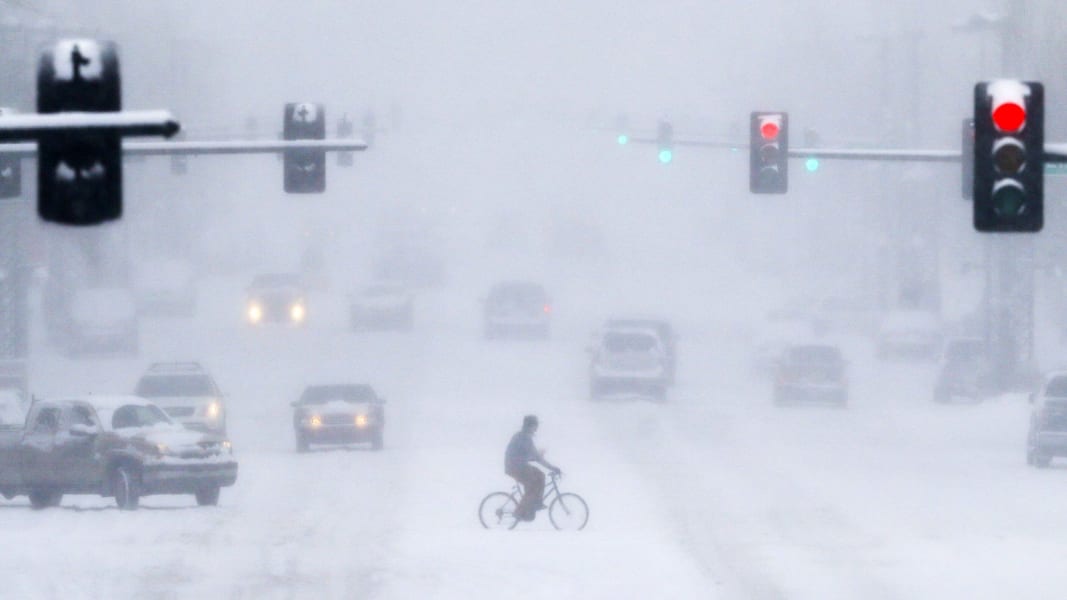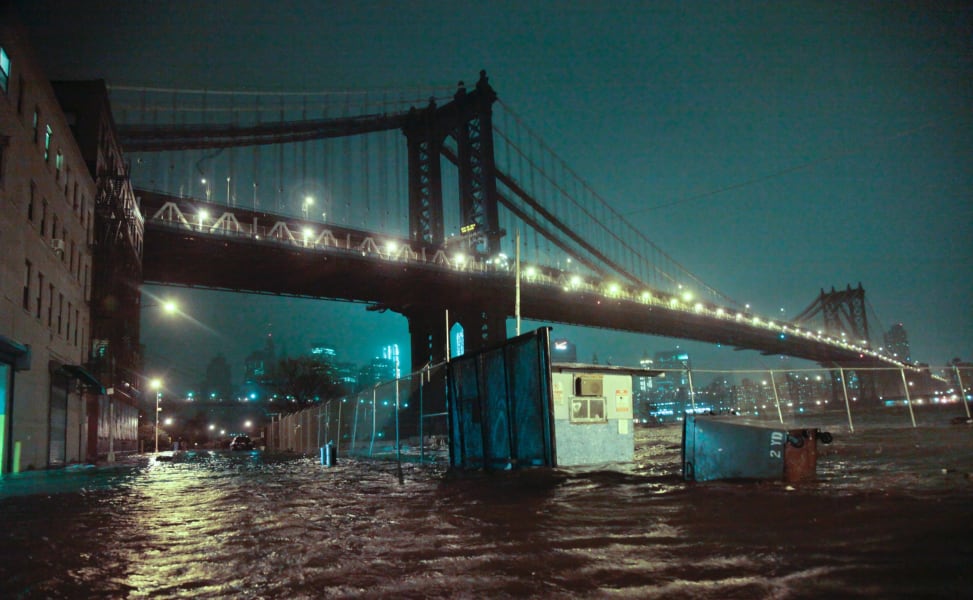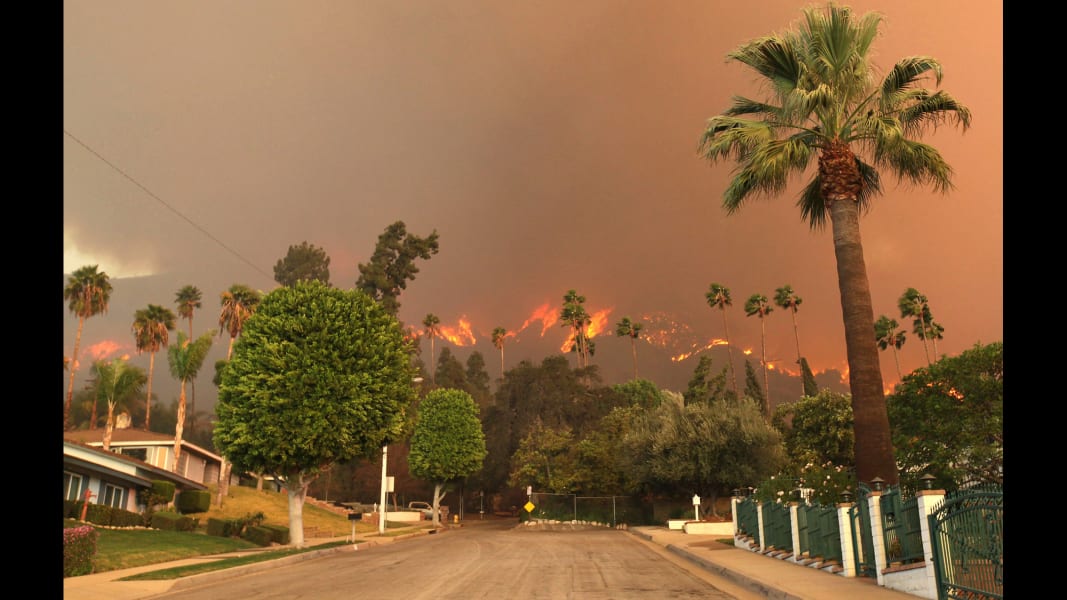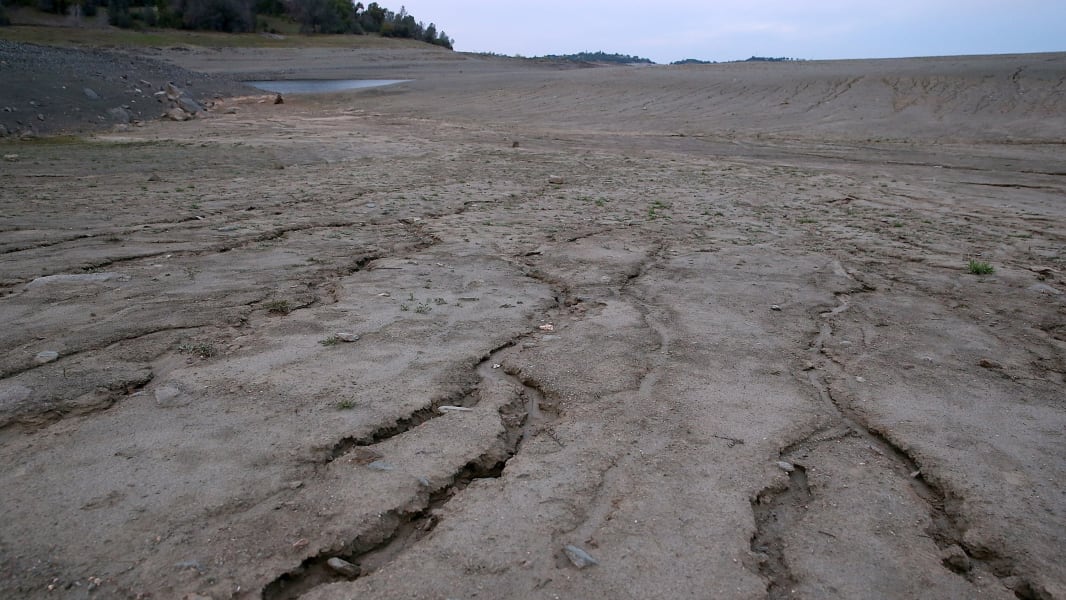Politics
Flood, fire and drought: Examples of severe weather
Updated 1935 GMT (0335 HKT) March 4, 2015
Share
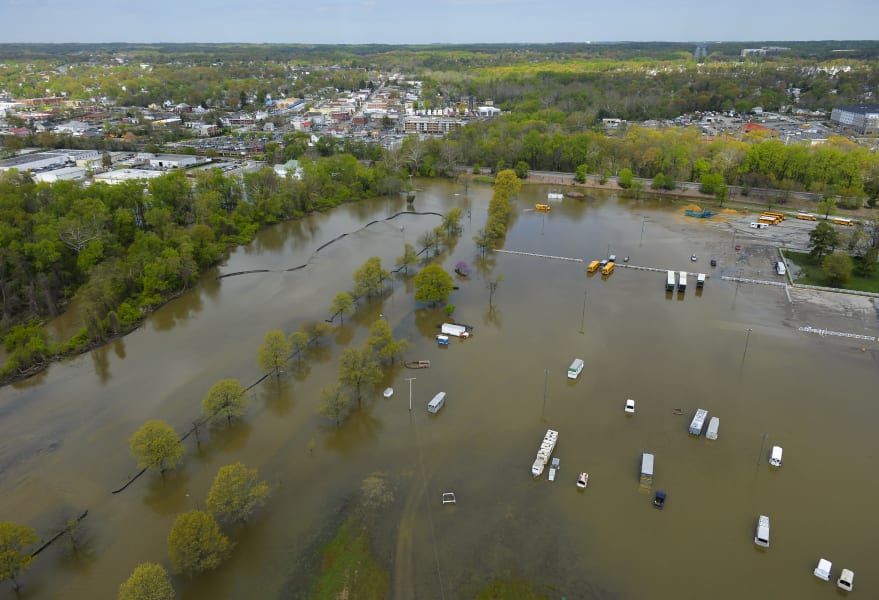

1 of 7
Climate change is here and will only worsen. Get used to more flooding, wildfires and drought, depending on where you live. That's the take-home message of a White House report released in May that is part of President Barack Obama's second-term effort to prepare the nation for rising sea levels and increasingly erratic weather. Here, a flooded parking lot at the Laurel Park horse racing track is seen Thursday, May 1, in Laurel, Maryland. Click through to see more examples of severe weather: The Washington/Getty Image
More than 300 experts helped produce the report over several years, updating a previous assessment published in 2009. A Democratic operative who now counsels the President called the report "actionable science" for policymakers and the public to use in forging a way forward. In this image, cars are seen in the aftermath of an embankment collapse in Baltimore as a massive storm system pounded the mid-Atlantic on April 30. The Washington Post/Getty Images
The report breaks the country down by region and identifies specific threats should climate change continue. Major concerns cited by scientists involved in creating the report include rising sea levels along America's coasts, drought in the Southwest and prolonged fire seasons. In this image from January 16, a wildfire burns in the hills just north of the San Gabriel Valley community of Glendora, California. Nick Ut/AP
The Great Plains could experience heavier droughts and heat waves with increasing frequency, while more wildfires in the West could threaten agriculture and residential communities, the report notes. In this image, dry and cracked earth is visible on what used to be the bottom of Folsom Lake on March 20, in El Dorado Hills, California. Justin Sullivan/Getty Images
Republican critics immediately pounced on new report as a political tool for Obama to try to impose a regulatory agenda that would hurt the economy. Senate Republican leader Mitch McConnell of Kentucky mocked what he described as the hypocritical stance of "liberal elites" who demand strong action on climate change while failing to reduce their own carbon footprint. He called the debate "cynical" because Obama knew that "much of the pain of imposing such regulations would be borne by our own middle class." Here in March, an avocado grove near Valley Center, California, is left to wither because of the rising cost of water. David McNew/Getty Images
Recent polling indicates most Americans believe human activities cause climate change but also shows the issue is less important to the public than the economy and other topics. A Gallup poll in March found that 34% of respondents think climate change, called global warming in the poll, posed a "serious threat" to their way of life, compared with 64% who responded "no." At the same time, more than 60% of respondents believed global warming was happening or would happen in their lifetime. Here, a pedestrian crosses Douglas Avenue on a bike during a snowstorm on February 4, in Wichita, Kansas. Travis Heying/Wichita Eagle/MCT/Getty Images
The report predicts sea levels will rise at least a foot by the end of the century and perhaps as much as 4 feet, depending on how much of the Greenland and Antarctic ice shelf melts. Such an outcome could be catastrophic for millions of people living along the ocean, submerging tropical islands and encroaching on coastal areas. In this image, dated October 29, 2012, streets are flooded under the Manhattan Bridge in the Dumbo section of Brooklyn, New York, as Superstorm Sandy slammed the Northeast coast. Bebeto Matthews/AP

